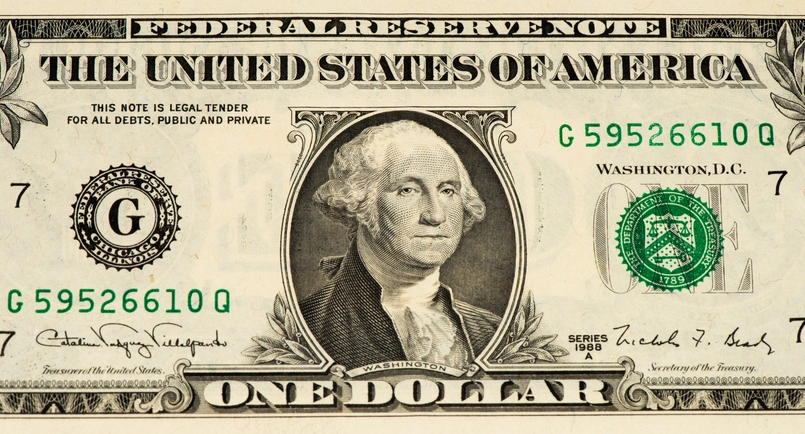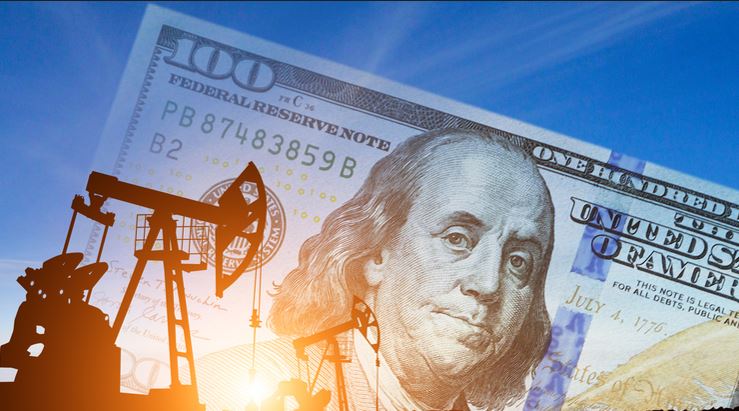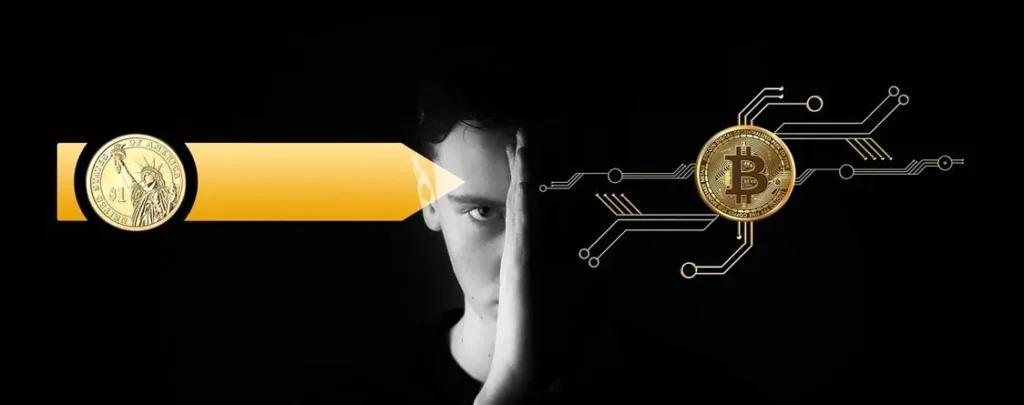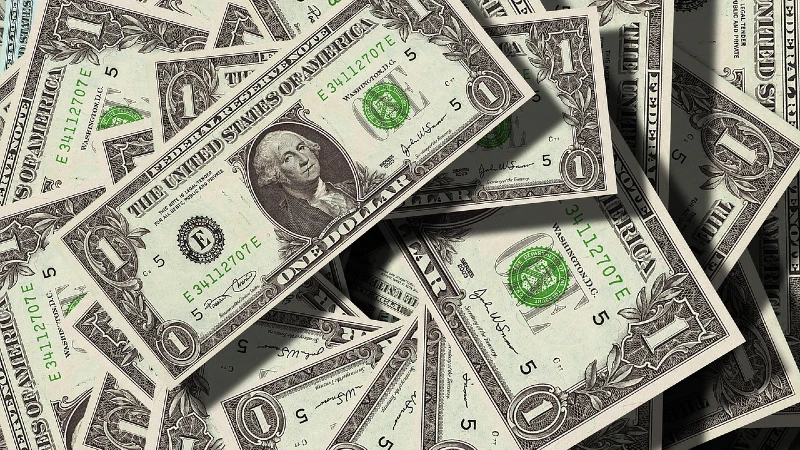History of the US dollar
US dollar’s journey
The US dollar’s journey to becoming the world’s dominant currency is a fascinating tale of economic evolution, global politics, and strategic financial policies. From its inception to its current status, the dollar has been through numerous transformations, each influencing its standing in the global economy. This article delves into the history of the US dollar as a global currency, tracing its roots, significant milestones, and future prospects.
Origins of the US Dollar
The story of the US dollar begins with the Coinage Act of 1792, which established the dollar as the country’s standard unit of money. Modeled after the Spanish dollar, which was widely used in the Americas, the US dollar was introduced to unify the colonial currencies and facilitate trade. The first US coins were minted in 1794, featuring iconic symbols of American liberty and independence.

Early Challenges and Adoption
In its early years, the US dollar faced several challenges, including competition from foreign currencies and a lack of public trust in paper money. The government issued various forms of currency, including Continental Dollars during the Revolutionary War, which depreciated rapidly due to overprinting and counterfeiting. It wasn’t until the establishment of the Second Bank of the United States in 1816 that the dollar began to stabilize and gain wider acceptance.
The Gold Standard and the US Dollar
The adoption of the gold standard in 1879 marked a significant turning point for the US dollar. By pegging the dollar’s value to a specific amount of gold, the US aimed to provide stability and encourage international trade. This period saw the dollar gaining credibility and becoming more attractive for foreign investors. The gold standard era, however, was not without its challenges, including periodic financial panics and deflationary pressures.
Impact of the Great Depression on the US Dollar
The Great Depression of the 1930s had a profound impact on the global economy and the US dollar. In an effort to combat the economic crisis, President Franklin D. Roosevelt took the US off the gold standard in 1933, devaluing the dollar and allowing for more flexible monetary policies. This move helped to revive the economy but also marked the beginning of the end for the gold standard.
World War II and the Bretton Woods Agreement
World War II was a catalyst for monumental changes in the global financial system. In 1944, the Bretton Woods Conference established a new international monetary order, with the US dollar at its center. The agreement pegged other currencies to the dollar, which was convertible to gold at a fixed rate of $35 per ounce. This system created stability and positioned the US dollar as the world’s primary reserve currency.

The Rise of the US Dollar as the World’s Reserve Currency
The post-war period saw the US dollar’s dominance solidify, as countries around the world held it as their primary reserve currency. The dollar’s stability, backed by the US’s economic and military power, made it a preferred choice for international trade and finance. This era also witnessed the creation of major financial institutions like the International Monetary Fund (IMF) and the World Bank, further embedding the dollar in the global economic framework.
The Collapse of the Bretton Woods System
By the late 1960s, the Bretton Woods system faced significant pressures due to rising US inflation and balance of payments deficits. In 1971, President Richard Nixon announced the suspension of the dollar’s convertibility to gold, effectively ending the Bretton Woods system. This shift led to the era of floating exchange rates, where currency values were determined by market forces rather than fixed pegs.
Post-Bretton Woods Era and Floating Exchange Rates
The transition to floating exchange rates brought volatility and uncertainty to the global financial markets. However, the US dollar maintained its dominant role, supported by the depth and liquidity of the US financial markets. Central banks continued to hold dollars as reserves, and the dollar remained the preferred currency for international transactions.
Oil Crisis and the PetroDollar
The 1970s oil crisis underscored the dollar’s global influence. As oil prices skyrocketed, countries needed dollars to purchase oil, reinforcing the dollar’s status as the world’s primary reserve currency. This phenomenon, known as the “petrodollar,” linked the dollar’s value to global energy markets, further entrenching its dominance.

US Dollar in the 1980s and 1990s
The 1980s and 1990s were marked by significant financial innovations and deregulation, which enhanced the dollar’s global standing. The US economy experienced robust growth, attracting foreign investment and solidifying the dollar’s role in international finance. The fall of the Soviet Union and the integration of Eastern Europe into the global economy also boosted the dollar’s reach.
The Emergence of the Euro
The introduction of the euro in 1999 presented a potential challenge to the US dollar’s supremacy. As the common currency of the European Union, the euro aimed to rival the dollar in international trade and finance. While the euro has gained traction, especially in Europe, the US dollar continues to dominate due to its deep financial markets and global acceptance.
Financial Crises and the US Dollar
The US dollar has often been seen as a safe haven during times of financial turmoil. During the Asian financial crisis of 1997-1998 and the global financial crisis of 2008-2009, investors flocked to the dollar, seeking stability amidst market chaos. This “flight to quality” underscores the enduring trust in the dollar as a reliable store of value.
Impact of Globalization on the US Dollar
Globalization has played a pivotal role in cementing the US dollar’s dominance. As international trade and investment expanded, the dollar became the preferred medium for cross-border transactions. Multinational corporations, financial institutions, and central banks worldwide rely on the dollar for its stability and liquidity, reinforcing its position as the global currency.
21st Century: Financial Crises and Dollar Dominance
The 21st century has seen the US dollar maintain its dominance despite numerous financial crises. The 2008 global financial crisis, in particular, highlighted the dollar’s role as the world’s reserve currency. The Federal Reserve’s response, including quantitative easing, demonstrated the flexibility and resilience of the US financial system, further bolstering confidence in the dollar.
Challenges to US Dollar Dominance
Despite its enduring strength, the US dollar faces several challenges. These include geopolitical tensions, rising US debt levels, and competition from other currencies. Additionally, the increasing use of alternative financial systems, such as cryptocurrencies, poses potential threats to the dollar’s hegemony.
China’s Yuan: A Potential Rival?
China’s economic rise has sparked discussions about the yuan potentially challenging the US dollar’s dominance. The Chinese government has made concerted efforts to internationalize the yuan, including establishing offshore trading hubs and entering currency swap agreements. While the yuan’s global role is growing, significant obstacles remain, including capital controls and the need for further financial market reforms.
Cryptocurrencies and the Future of the US Dollar
The advent of cryptocurrencies presents a new frontier in the history of global currencies. Bitcoin and other digital assets offer alternatives to traditional fiat currencies, including the US dollar. While cryptocurrencies are still in their infancy and face regulatory challenges, their growing acceptance could impact the dollar’s future role in the global financial system.

US Dollar in International Trade
The US dollar’s role in international trade is unparalleled. Most global trade transactions are conducted in dollars, from commodities like oil and gold to manufactured goods and services. The dollar’s widespread use facilitates smoother transactions and reduces exchange rate risks for businesses and governments.
Central Banks and US Dollar Reserves
Central banks around the world hold significant reserves of US dollars. These reserves provide stability and liquidity, allowing countries to manage exchange rates and balance of payments. The dollar’s prominence in central bank reserves underscores its critical role in the global financial architecture.
US Dollar and Global Debt Markets
The US dollar is the primary currency for global debt issuance. Governments, corporations, and financial institutions worldwide issue bonds and other debt instruments denominated in dollars. This widespread use of the dollar in debt markets enhances its liquidity and reinforces its status as the world’s reserve currency.
The Role of the Federal Reserve
The Federal Reserve, as the central bank of the United States, plays a crucial role in maintaining the stability and credibility of the US dollar. Through its monetary policy actions, including setting interest rates and conducting open market operations, the Fed influences the dollar’s value and ensures its resilience in the global financial system.
US Dollar and Emerging Markets
Emerging markets often rely on the US dollar for stability and growth. Dollar-denominated debt and trade provide these economies with access to global capital and markets. However, reliance on the dollar also exposes them to risks, such as exchange rate volatility and changes in US monetary policy.
Future Prospects for the US Dollar
The future of the US dollar as a global currency remains a topic of debate. While challenges exist, the dollar’s established infrastructure, global acceptance, and the strength of the US economy suggest it will continue to play a dominant role. Innovations in digital currencies and shifts in geopolitical dynamics may influence its trajectory, but the dollar’s legacy as the world’s primary reserve currency is likely to endure.
Conclusion
The history of the US dollar as a global currency is a testament to its resilience, adaptability, and strategic significance. From its early days of instability to its current status as the linchpin of the global financial system, the dollar has navigated numerous challenges and emerged stronger. As the world continues to evolve, the US dollar’s role will undoubtedly face new tests, but its legacy as the cornerstone of international finance is firmly established.
FAQs
What was the Bretton Woods Agreement? The Bretton Woods Agreement, established in 1944, created a new international monetary system where currencies were pegged to the US dollar, which was convertible to gold. This system aimed to provide stability and promote economic growth post-World War II.
Why did the Bretton Woods system collapse? The Bretton Woods system collapsed in 1971 due to rising US inflation, balance of payments deficits, and the growing unwillingness of the US to convert dollars to gold. This led to President Nixon suspending the dollar’s convertibility to gold.
How did the US dollar become the world’s reserve currency? The US dollar became the world’s reserve currency due to the economic and military strength of the US, the stability provided by the Bretton Woods system, and the depth and liquidity of US financial markets.
What is dollarization? Dollarization occurs when a country adopts the US dollar as its official currency, either fully or alongside its domestic currency. This is often done to stabilize the economy and attract foreign investment.
How do cryptocurrencies impact the US dollar? Cryptocurrencies offer an alternative to traditional fiat currencies, including the US dollar. While still in their early stages, the growing acceptance of digital assets could influence the future role of the dollar in the global financial system.
What role does the Federal Reserve play in maintaining the US dollar’s stability? The Federal Reserve influences the dollar’s value through its monetary policy actions, including setting interest rates and conducting open market operations. The Fed’s policies ensure the dollar’s stability and resilience in the global financial system.




